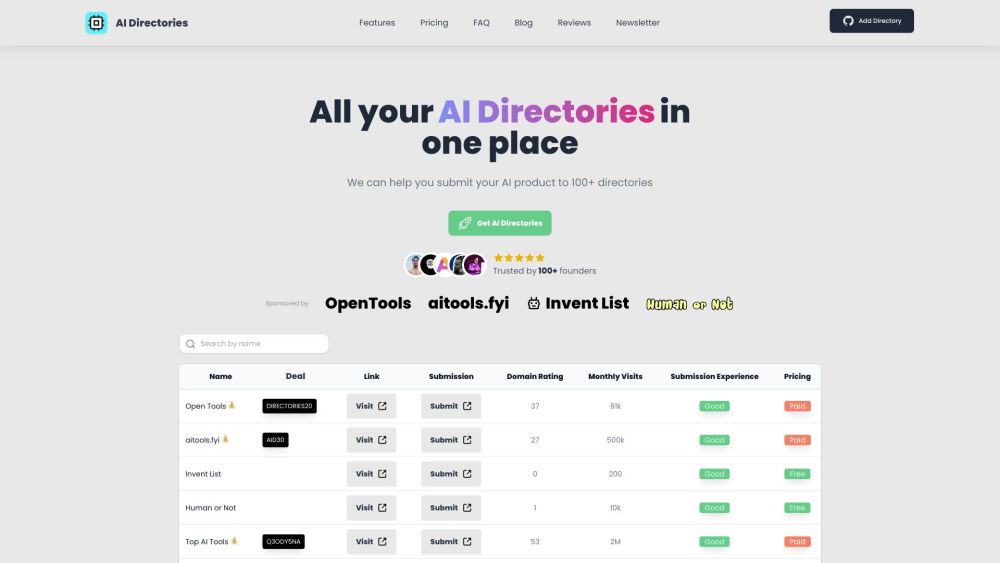A new report from Omdia projects significant growth for RISC-V processors, anticipating that their market share will expand from just 0.7% in 2020 to nearly 25% by 2030. This analysis delves into how RISC-V architecture stacks up against other reduced instruction set computing (RISC) architectures, such as Arm. As businesses increasingly focus on artificial intelligence, many are gravitating towards RISC-V processors, which allow for the development and customization of hardware without the licensing fees associated with Arm architectures.
The report indicates that future RISC-V designs are set to play a crucial role in CPU functions, including AI processing at the edge. Edward Wilford, Omdia’s senior principal analyst for IoT, notes, “RISC-V makes the most sense in novel applications, where a developer doesn’t already have an existing Arm product in place. The rise of AI, along with expanded use cases and capabilities, presents untapped opportunities that RISC-V can address.”
Omdia forecasts nearly a 50% increase in RISC-V-based processor shipments between 2024 and 2030. Of the estimated 17 billion processors expected to ship in 2030, around 46% are projected for industrial applications.
Beyond the industrial sector, the automotive industry is anticipated to experience substantial growth concerning RISC-V adoption, with an expected annual growth rate of 66%. “The automotive industry is undergoing a rapid transformation, and semiconductors are crucial to every element of that transformation,” Wilford explains. “RISC-V offers unique advantages for the automotive sector—companies can fully own their designs in a way that isn’t feasible with licensed instruction set architectures. This aspect has emerged as a significant consideration in industry discussions.”
The rise of RISC-V processors is poised to enhance intelligent processing capabilities in industrial IoT devices. According to the report, the volume of RISC-V AI processors is projected to more than double each year until 2030, with an impressive average annual growth rate of 120%. Despite a slower initial adoption of AI in industrial settings, Omdia's research indicates growing interest in applications like digital twins, predictive maintenance, and fault detection, which are likely to drive increased demand in the industrial sector.
Wilford emphasizes the significance of this trend, stating, “[Embedded AI] represents a remarkable convergence of use case and technology. The growth of RISC-V parallels the ascent of AI, particularly edge AI, and presents a monumental opportunity for instruction set architectures.”
As RISC-V continues to gain traction, its unique features will play a vital role in shaping the future landscape of processing technology across diverse industries.




